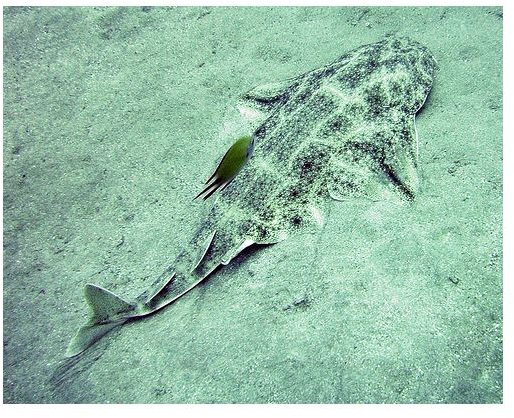Interesting Facts About Sharks: Descriptions of Species
Squatiniformes
The Squatiniformes consists of 13 species of angel sharks. They are ray-like in appearance, featuring a flat body, two dorsal fins, and large pectoral fins. This group of sharks does not have the typical single fin on the underside of the body. Sharks typically grow 5-8 feet in length.
Angel sharks are commonly found skimming the ocean floor. They may cover themselves in the sand while preying on fish, squid, and sea snails. Although docile in appearance, the angel shark should never be touched on the head or grabbed by the tail. This usually provokes the shark to bite.
Pristiophoriformes
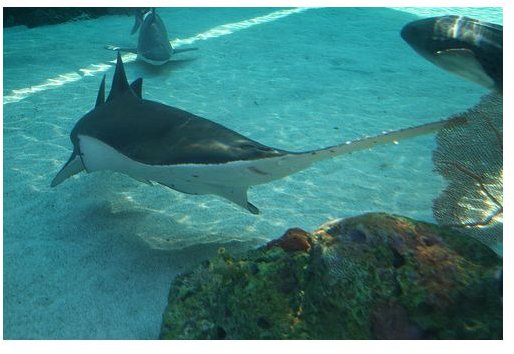
Pristiophoriformes consists of five species of saw sharks. They have a characteristic saw-like snout that is lined with razor sharp teeth. They typically grow six feet in length and feature two dorsal fins. Like the angel shark, this shark also lacks the singular posterior fin.
Saw sharks have unique sensory tissue that line the underside of the saw, which allow them to detect prey hidden beneath the sand. Because saw sharks spend most of their time at the ocean floor, they are routinely caught by bottom trawlers, which drag fishing nets across the ocean floor.
Squaliformes
Squaliformes co

nsists of over 80 different types of sharks including the dogfish shark, bramble shark, roughshark, and prickly shark. This group of sharks have large cylindrical bodies, two dorsal fins, but lack the single posterior fin. The bramble shark typically grows 10 feet in length and is found in several parts of the world. The prickly shark is native to the Pacific. These sharks tend to eat other sharks, octopus, and squid.
Hexanchiformes
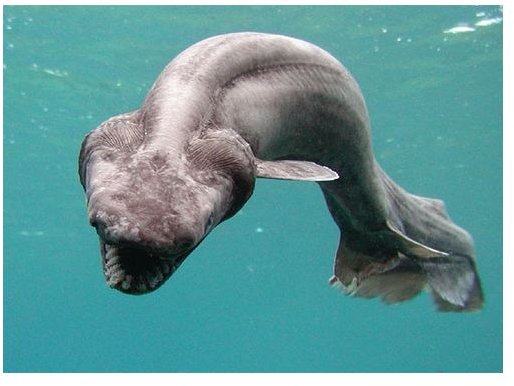
Hexanchiformes consists of about five species of sharks including the cow shark and frilled shark. These species have an anal fin, only one dorsal fin, and feature six or seven gill slits.
Frilled sharks have a slim body that measures six feet in length and resemble an eel. It has the ability to hover in midwater and strike at prey in a manner similar to the way snakes bite. It is believed that some of the reported sightings of sea sepents throughout history may be attributed to this species of shark.
Carcharhiniformes

Carcharhiniformes consists of about 200 different types of sharks including the hammerhead shark, tiger shark, catshark, bull shark, and hound shark. This group of sharks have only five gill slits and feature nictitating eyelids, which is a clear, translucent covering that protects the sharks eye. They also have two dorsal fins, an anal fin, and a mouth which extends behind the eyes.
Divers should be especially wary of tiger sharks, since they will attack and eat man. Hammerhead sharks on the other hand are not usually a threat to people.
Lamniformes
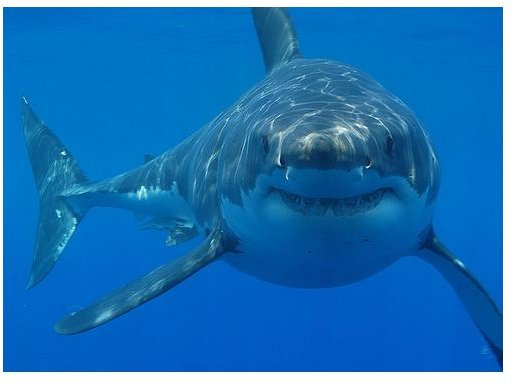
Lamniformes consists of about 16 species of sharks including the great white shark, mackerel shark, mako shark, and sand tiger shark. They are similar to Carcharhiniformes, but lack the nictitating eyelid. They have large bodies and a pointed snout.
A common misconception about the great white shark is that it preys on humans, when in fact most of the attacks seem to be ‘bite and release’. According to research, the shark is trying to determine if the person is palatable. In most instances, thankfully, people aren’t appetizing to the great white.
Orectolobiformes
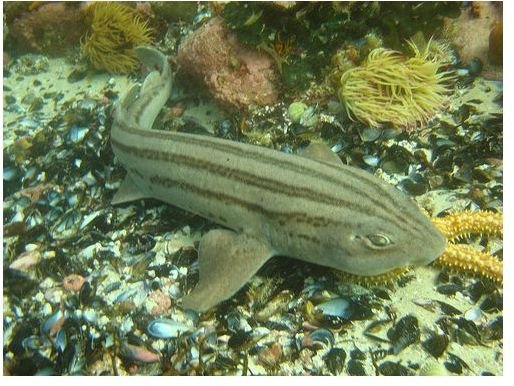
Orectolobiformes consists of about 33 species of sharks including the carpet shark, zebra shark, and whale shark. This group of sharks is similar to the Carcharhiniformes and Lamniformes, in terms of having the single posterior fin, two dorsal fins, and five gill slits, but their mouth is situated well in front of the eyes.
Carpet sharks are slim and feature a pattern of dark and light spots on their skin. They have the ability to change colors to match their surrounding environment. They grow up to 3 feet in length and feed on fishes and crustaceans.
Heterodontiformes
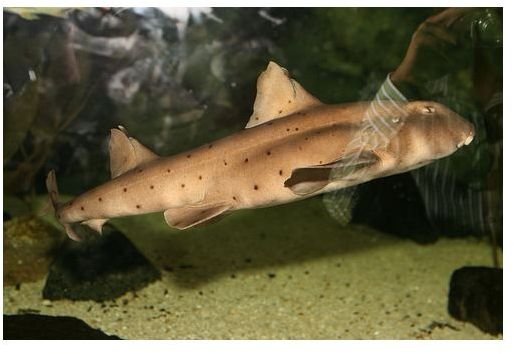
Heterodontiformes consists of eight species of bullhead sharks. This group of sharks is the only group that features spines on their dorsal fins. They also feature two types of teeth - one type for holding prey and one type for crushing. They grow up to five feet in length and feed on starfishes, sea urchins, crabs, and sea snails.
Reference
1. PBS.org. Who’s Who of Sharks.
2. Florida Museum of National History. Ichthyology and the Pacific Angel Shark.
3. Elasmo-Research.org. Longnose Sawshark.
4. Elasmo-Research.org. Frilled Shark.
5. Animals.NationalGeographic.com. Hammerhead Shark.
6. Animals.NationalGeographic.com. Great White Shark.
